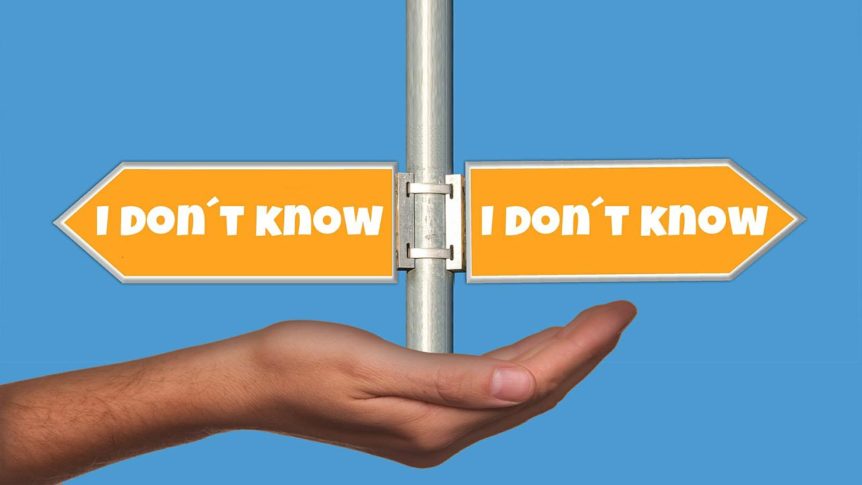Everyone wants more qualified leads, but how to find the ones that will convert, use your product and become advocates?
First, it’s important to understand that leads are not prospects. They are real people with real needs who are looking for a solution to their problem. They want to be sure they purchase the product or service that is right for them, but there is fear and uncertainty that accompanies these decisions. Bringing in the wrong vendor could turn out to be a costly mistake in terms of money wasted and even jobs lost.
The best way to begin the process is by looking at the buyer’s journey. What are the problems that your target customers are having? How does your product or service solve that problem? Who is involved in the purchasing decision? What influence do they have on the ultimate decision maker? What is most important to the buyer? How do they mitigate risk?
Lets face it: by the time a buyer has contacted you they have already done their homework. Buyers are digitally connected. They are socially connected. They have multiple devices to enable them to have access to real-time information, and they can easily find several clients who have used your products and services to get their opinion of your company.
So being a buyer is scary and being a vendor is scary! How do you take the fear and loathing out of the process?
Lets start with the first step in the customer journey, which is awareness. Does your company do a great job at making it easy for potential buyers to find you on the web? Is your SEO/SEM constantly being refreshed to optimize finding you? Are you participating in the social media sites that your buyers visit? Are you talking to other experts in the field who are recommending your company solution over other alternatives? Are your current customers writing reviews and sharing their opinions on your company? Do you have a blog or a video channel that is educating people on how to solve their problems and what to consider?
The most important question to ask yourself is: have you talked with your buyers to understand what their problem is and how they have thought about solving it?
The best way to understand this is to conduct a journey mapping exercise. Journey mapping lets you understand how different buyer segments see the problem differently. It helps you understand what the buyer is trying to accomplish, what constraints (budget, expertise, time, industry expertise etc.) are most important to them, what information they need to understand your solution and how they would like to get that information (webinar, white paper, talk with other clients, chat on line, see a video, etc.). The customer journey will help you identify where you are meeting customer needs and where there are gaps in understanding and responding to them.
It’s time to re-engineer the buying process from the customer’s point of view. Customers want references before they even talk to a sales person –not once they are in final price negotiations. They want to talk to real clients to find out what they like and don’t like about your solution. They want to read references from industry thought leaders. They want to understand the solution from other customers’ point of view and talk to buyers like themselves. They want to see customer-created content such as case studies or testimonials, because then they can feel confident in a trustworthy source of data and influence.
Customers have a voice and they want choices. In order to meet these needs, companies need to be able to provide relevant content on demand, 24/7, and in the channel that the customer prefers. Once the potential buyer understands how an investment in your solution will help improve the results for his company he now moves to the consideration step of the customer journey.
At the consideration step the potential buyer has decided that your solution is worth thinking about. He needs more information in order to compare your product or service to the other providers he is considering. The buyer may put out an RFP, ask for some initial pricing and understand what it takes to “implement” the solution in his company. The purpose of this process is to build the buyer’s trust through connecting on a personal level and answering his questions. Buyers need to know you will be there for them before they are willing to buy. Vendors need to help the buyer overcome their fears and provide reassurance that the solution will be effective.
A successful sale is not the result of a great salesperson. It is also the result of understanding buyer needs and addressing them. You need to build the relationship and earn the buyer’s trust to help the them not only choose you but also become an advocate for your brand.
How is your buyer journey progressing? What kinds of roadblocks are you running into? Tweet us @Custoholic or link with me at https://www.linkedin.com/in/darcybev.
Share this Post

